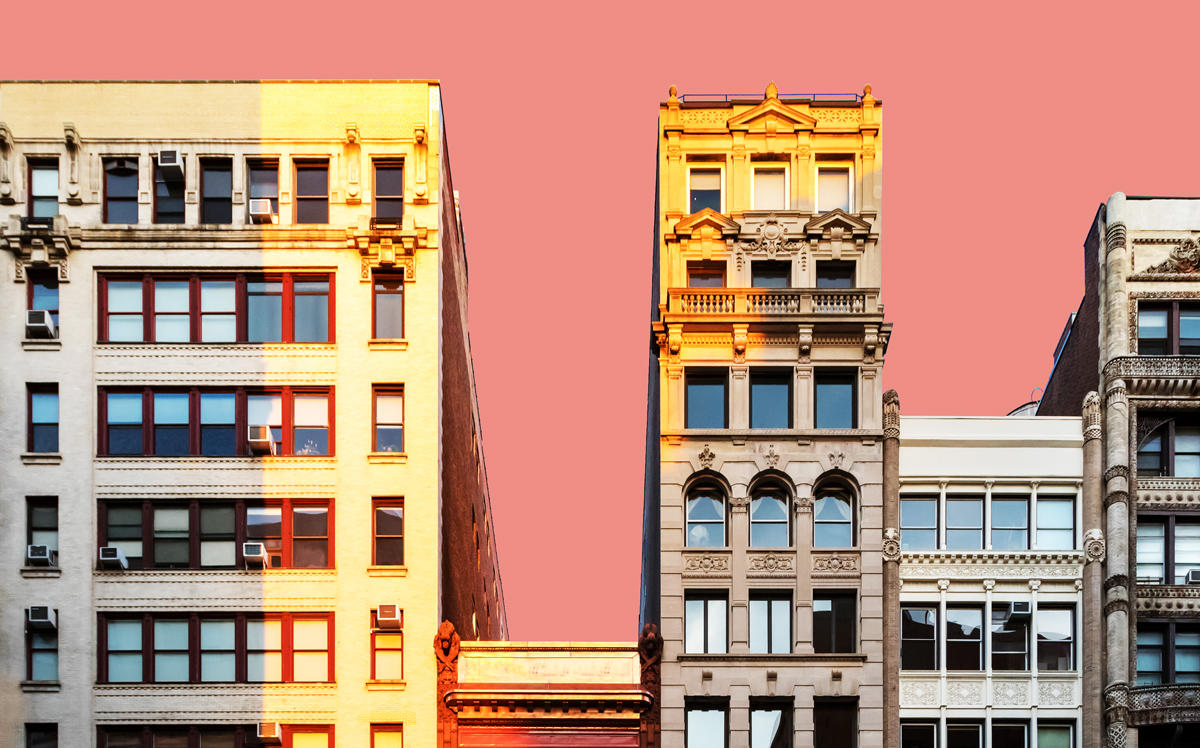Now that New York legislators have overhauled state rent laws, all eyes are turning to the city board that controls one of the few ways left to permanently increase rents on regulated apartments.
The Rent Guidelines Board will vote on Tuesday on whether and how to increase allowable rent hikes on rent stabilized apartments. During a preliminary vote in May, the RGB recommended a .5 to 2.75 percent increase for one-year leases and a 1.5 to 3.75 percent hike for two-year leases for both rent-stabilized apartments and lofts. Six of the proposals fall within this range, while others call for decreases in rent, no increase at all or increases well above the range recommended in May’s vote.
Board members submitted 12 different proposals ahead of Tuesday’s vote. The highest of the proposed increases is 5.75 percent on one-year leases and a 6.75 percent hike on two-year leases. Another suggests basing increases on the size of the buildings: For one-year leases in buildings with 41 stabilized units or more, the recommendation is a 2 percent increase and 2.5 percent for buildings with 40 or fewer units. For two-year leases, it’s 4 percent for buildings with 41 stabilized units or more and 5 percent for buildings with 40 or fewer units. These proposals also include a 150 percent increase on apartments once they are decontrolled (if after Sept. 30).
This year’s vote follows a hammering to the real estate industry from Albany. The governor signed into law a bill that eliminates vacancy bonuses and limits Major Capital Improvements and Individual Apartment Improvements, programs that allowed landlords to increase rents on stabilized apartments through renovations. At hearings earlier this year, landlord groups warned that dramatic changes to the state rent law would mean landlords would rely more heavily on RGB increases — and would require heftier annual hikes to make up for the state-level cuts.
Though the landlord representatives on the board had originally recommended a vacancy bonus — something the RGB hasn’t instituted since the 90s— the new state rent law also bars the board from including such bumps.
Here’s what’s on the table ahead of Tuesday’s vote:
1) One year lease: .5 percent
Two year lease: 1.5 percent
Increase after decontrol: 39 percent
2) One year lease: 1.5 percent
Two year lease: 2.5 percent
Increase after decontrol: 39 percent
3) One year lease: 1.25 percent
Two year lease: 2.25 percent
Increase after decontrol: 39 percent
4) One year lease: 1.75 percent
Two year lease: 2.75 percent
Increase after decontrol: 39 percent
5) One year lease: -.5 percent
Two year lease: 0 percent
Increase after decontrol: 39 percent
6) One year lease: .5 percent
Two year lease: 1 percent
Increase after decontrol: 39 percent
7) One year lease: .75 percent
Two year lease: 1.25 percent
Increase after decontrol: 39 percent
8) One year lease: 0 percent
Two year lease: 1 percent
Increase after decontrol: 39 percent
9) One year lease: 1 percent
Two year lease: 2 percent
Increase after decontrol: 39 percent
10) One year lease: 3.75 percent
Two year lease: 4.75 percent
Increase after decontrol: 150 percent
11) One year lease: 5.75 percent
Two year lease: 6.75 percent
Increase after decontrol: 150 percent
12) One year lease: 2 percent for buildings with 41 stabilized units or more
2.5 percent for buildings with 40 or fewer units
Two year lease: 4 percent for buildings with 41 stabilized units or more
5 percent for buildings with 40 or fewer units
Increase after decontrol: 150 percent
